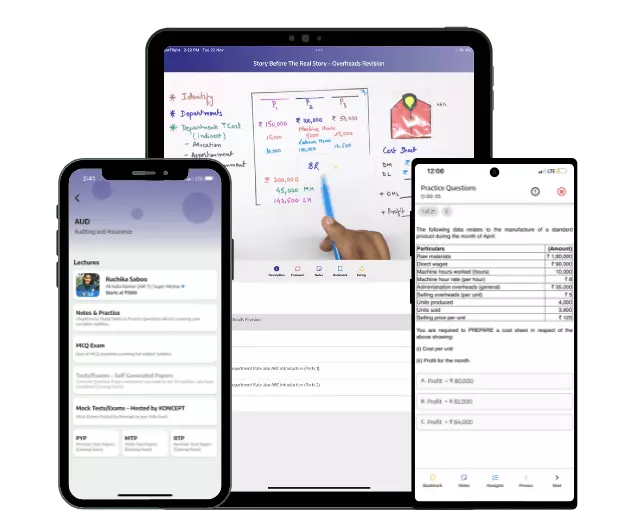
With KONCEPT Save Time, Save Money and Most Importantly Save Attempts
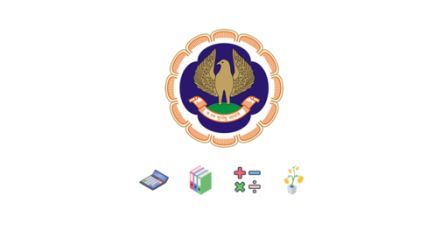
CA Foundation is the entry-level exam for CA Course. Syllabus consists of 4 Papers
Read More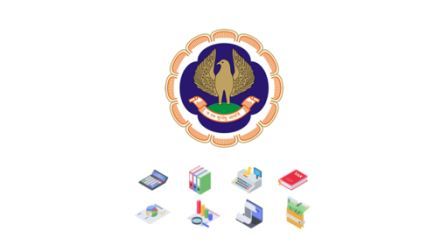
CA Inter is the Second-level exam for CA Course. Syllabus consists of 8 Papers
Read More
CA Inter is the Second-level exam for CA Course. Syllabus consists of 8 Papers
Read More
CA Final is the Third and Final level exam for CA Course. Syllabus consists of 8 Papers
Read More
CSEET is the entry-level exam for CS Course. Syllabus consists of 4 Papers
Read More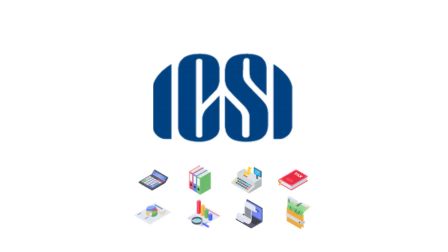
CS Executive is second level of the Company Secretary programme. New Syllabus Consists of 7 papers and Old Syllabus Consists of 8 papers
Read More
CS Executive is second level of the Company Secretary programme. New Syllabus Consists of 7 papers and Old Syllabus Consists of 8 papers
Read More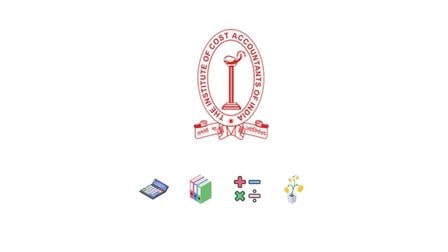
CMA Foundation is the entry-level exam for CMA Course. Syllabus consists of 4 Papers
Read More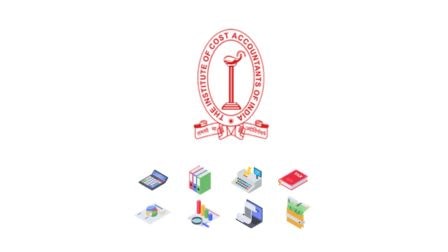
CMA Inter is the Second-level exam for CMA Course. Syllabus consists of 8 Papers
Read More
CMA Inter is the Second-level exam for CMA Course. Syllabus consists of 8 Papers
Read More